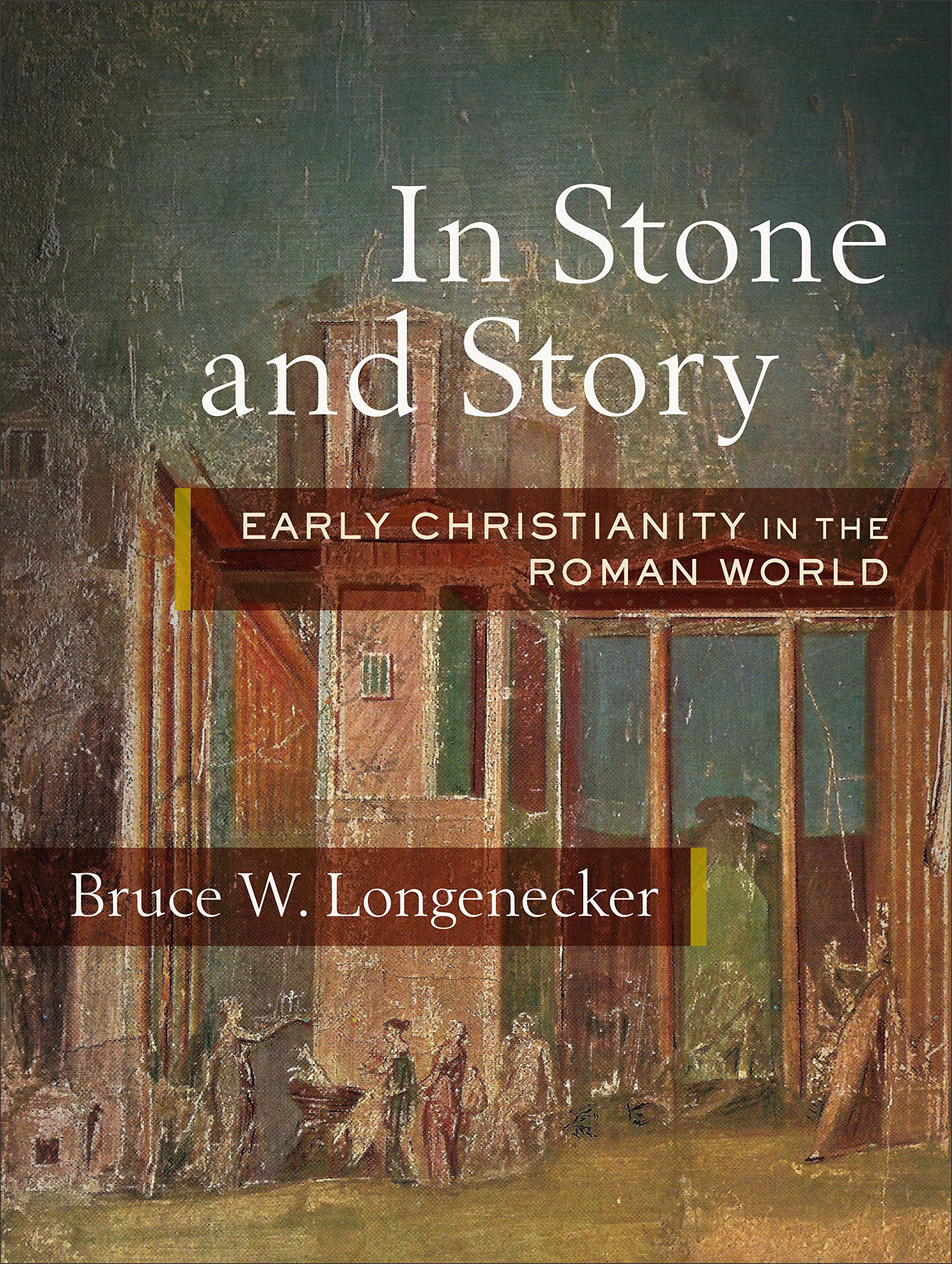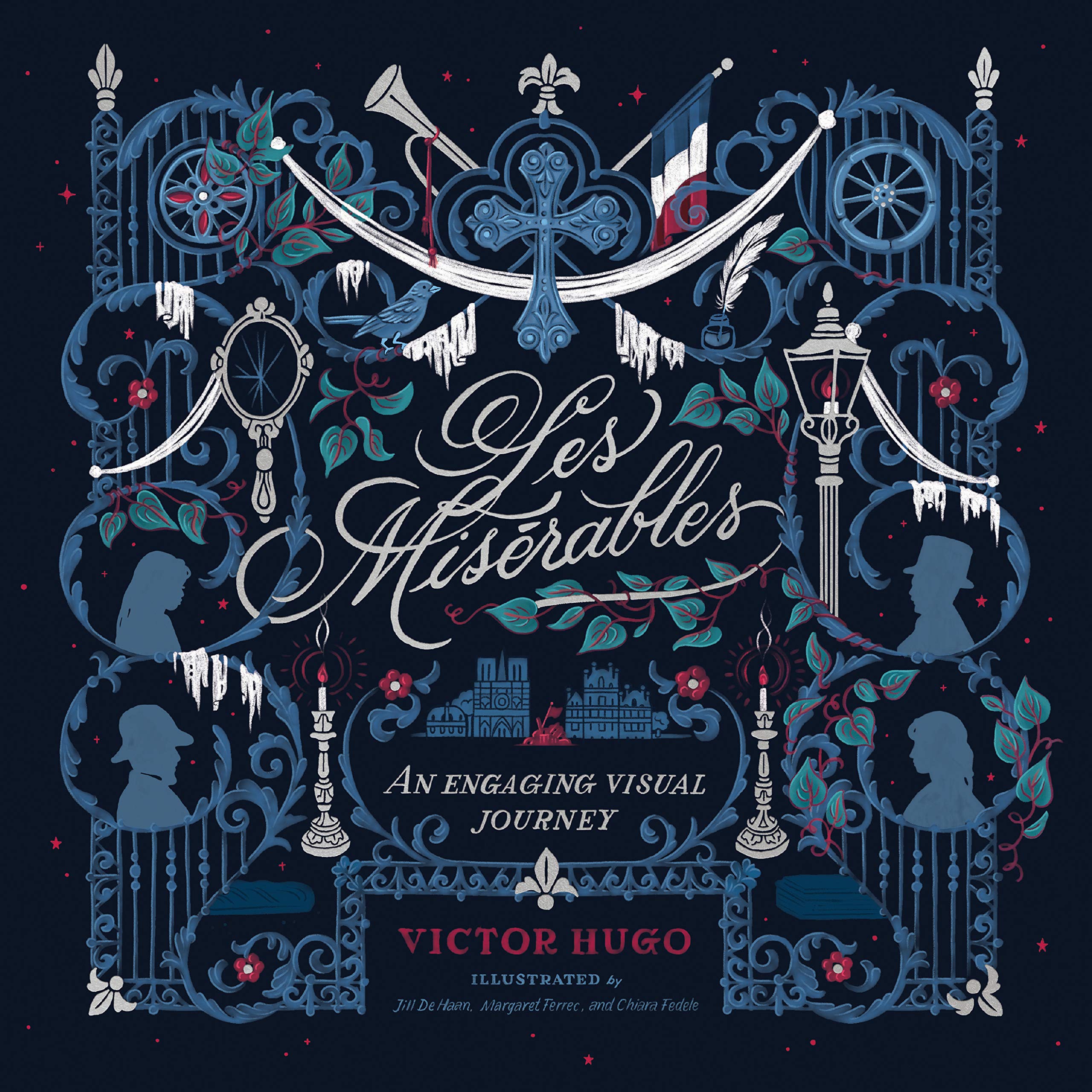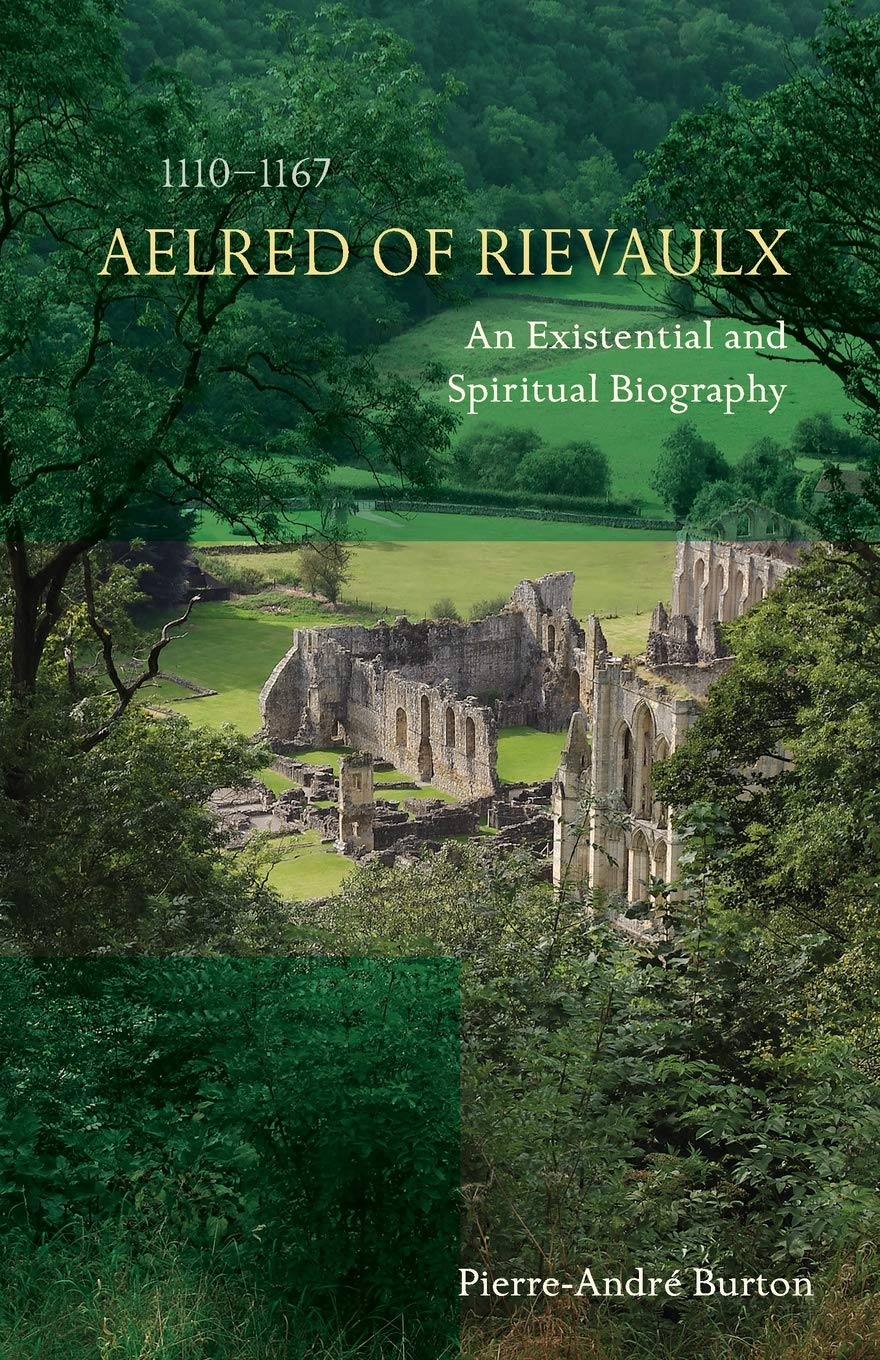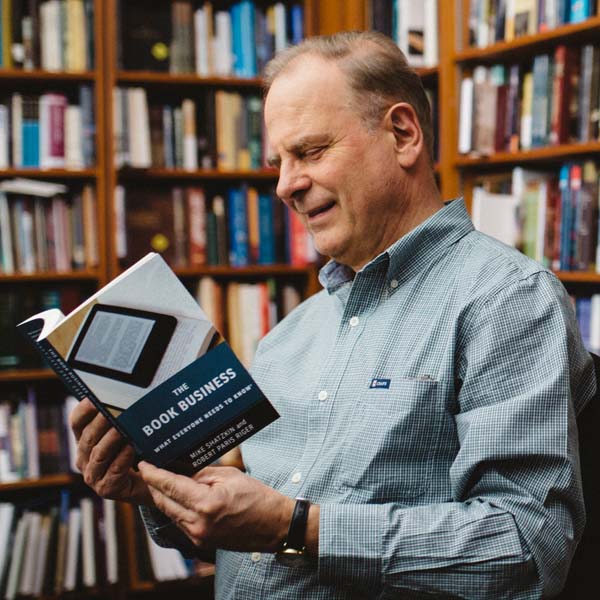Bill on Books: September 2021
Our dear bookstore manager, Bill Reimer, has took the time to once again share his favorite recent reads.

When asked to come up with a cluster of short book reviews, one has the opportunity to grab a book on a topic that has been of interest, but for which there has never been time to read. Stone and Story, written by an expert in both the texts of the New Testament and the archeology of the period, opens up the time capsule that resulted from the eruption of Mount Vesuvius in 79 CE and the burial of Pompeii and Herculaneum with volcanic pumice and ash. Humans and their animals were instantaneously fixed in place by the flow of lava within the material culture of the two urban centers. The world of the first Jesus-followers is illuminated in rich detail and the language of their written texts is given an “interpretive bridge” by preserved texts as well as graffiti on the walls of the uncovered ruins. We are given glimpses of the quest for status within Roman culture; the various slave identities including that of the forced prostitute; the ubiquitous worship of both predictable deities such as Venus and mystery deities such as Bacchus; the subtleties of Emperor worship as a “potent life force”; the numerical codes that denote the name of a person as in 545 or 666; and the deadly “games” that were held in an amphitheater before 20,000 spectators. Throughout his book, Longenecker demonstrates the “polemical edge” of New Testament language against its Greco-Roman background. For example, Isis’s sovereignty is denoted by, “I am all that has been, and is, and shall be” versus John the Seer recording the Lord God saying: “I am…who is, and who was, and who is to come.” In a world full of deities, the Christian “good news” was the message of a Creator who was bringing life to the whole cosmos through “One Lord, Jesus Christ.” Full of colour illustrations, this accessible book is a feast.
Available for in-store purchase only.

Before lockdown, I checked out Les Miserables from the local library thinking that I had the whole audiobook. I quickly realized that my 30 CDs only covered the last half of the tome! But I decided to “read” on regardless. It proved to be a spiritual experience, even if Hugo’s theology has its shortcomings. Since then I re-experienced Hugo via this richly illustrated abridgement. Hugo had been an eyewitness of a short-lived but bloody rebellion that saw rebels set up a series of barricades in Paris. The sprawling novel, published in 1851, was rediscovered by many after opening as a stage musical in London in 1985. It describes a voiceless Parisian underclass through the story of Jean Valjean, who is condemned to two cruel decades aboard a galley for stealing a loaf of bread. Valjean is relentlessly pursued by an obsessive policeman, but receives grace from Bishop Myriel, which leads to Valjean’s “transfiguration.” The Krauses’ abridged version of Hugo’s masterpiece is a mixed-media special edition full of French-inspired watercolors, decorative calligraphy, and vintage imagery. This story of God’s relentless love and mercy is perfect for a Sunday afternoon of reading and reflection. On the front inner flap we read the words of Hugo, adapted from the letters of the disciple John, especially appropriate for us in this pandemic:
Love each other dearly always. There is scarcely anything else in the world but that: to love one another. -- Victor Hugo
Available for in-store purchase only.

Aelred was born in Yorkshire, educated in Durham and then as a young man spent ten years in the court of David, King of Scots. In 1134, Aelred’s life took an abrupt turn when he underwent a conversion and entered the new Cistercian monastery in north Yorkshire where he eventually assumed the role of Abbott. Mere asceticism did not give him inner peace but instead set him in a more relational and emotional direction. Burton describes Aelred as a man in search of “inner unity”; a monk involved in “spiritual combat”; an “instructor of the heart”; and above all, the Church’s “Doctor of Friendship.” He was respectful of the individual and their uniqueness but also was immersed in the formation of a community. Within the community, friendship “must begin with Christ, continue with Christ, and be perfected by Christ.” A fast-paced biography this is not, but the reader will be rewarded by Burton’s insights into an important life that has much to teach us as a church in turbulent times. Why not read it alongside Aelred’s classic Spiritual Friendship?
Available for in-store purchase only.



